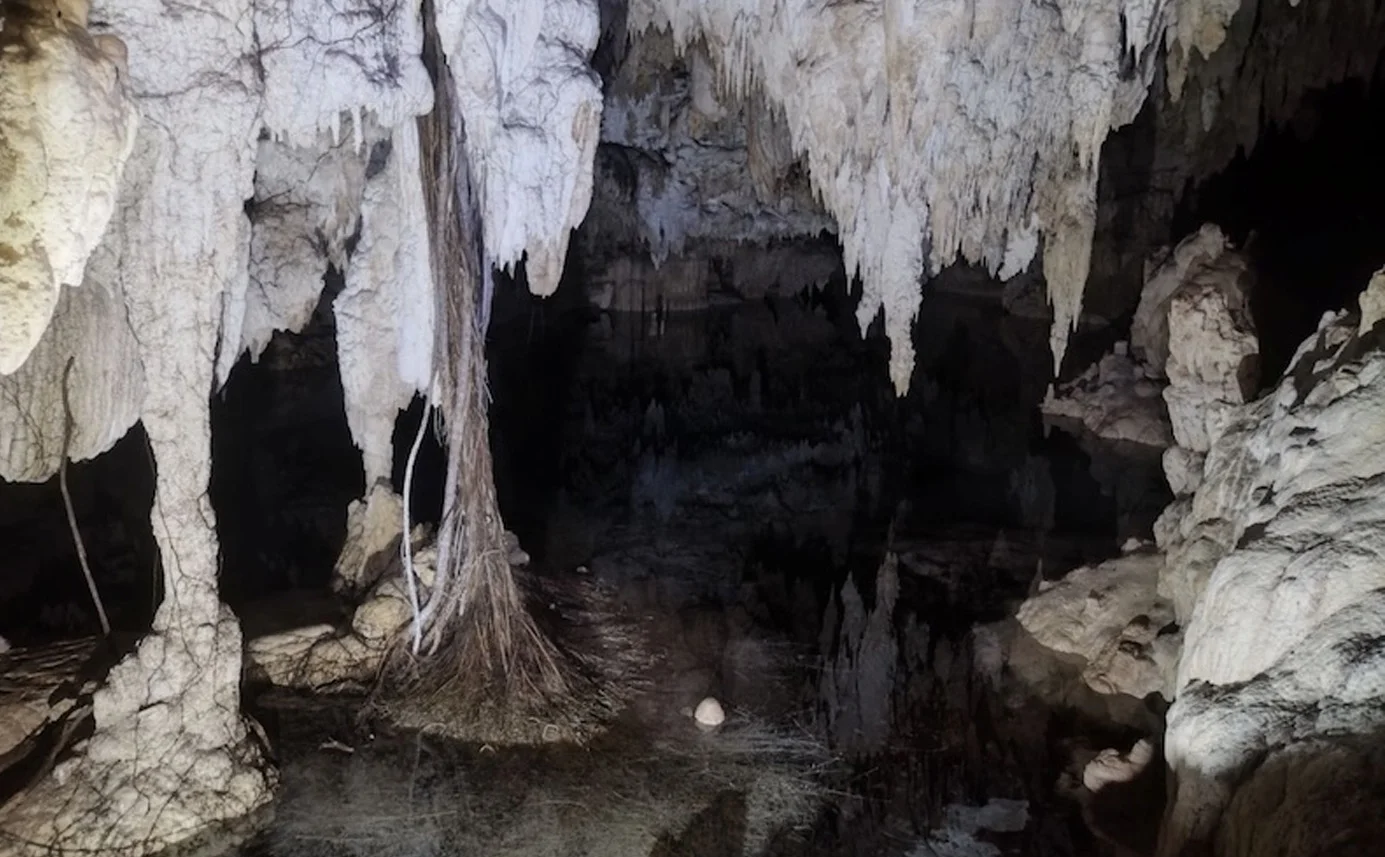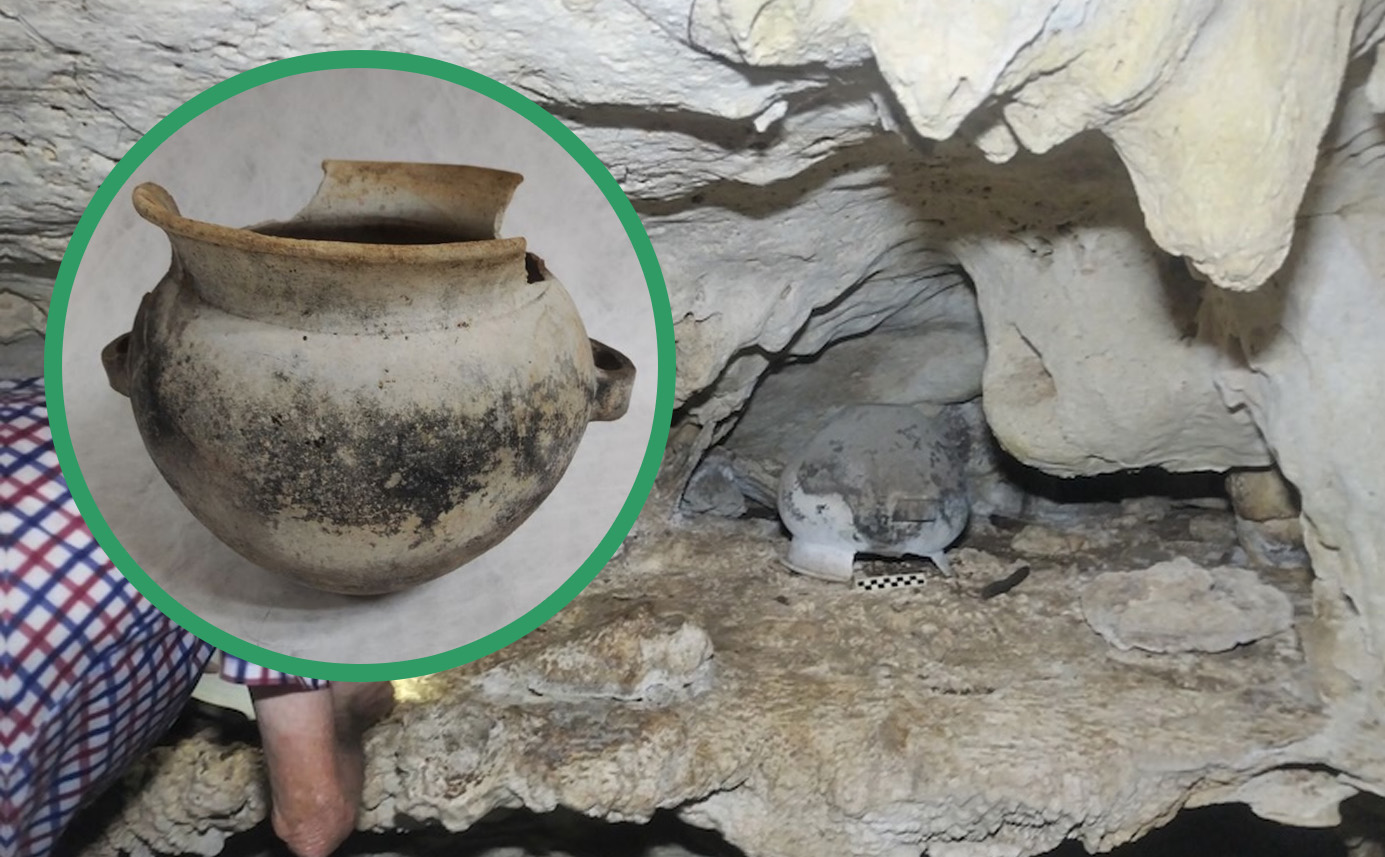Archaeologists from the National Institute of Anthropology and History (INAH) have recovered a globular ceramic pot in Zumpango Cave, part of the extensive Garra de Jaguar system.
Located in Mexico’s municipality of Quintana Roo, Zumpango Cave was first surveyed in 2015 and contains a large cavern marked by natural columns of speleothems formed from the merging of stalagmites and stalactites.
Some of the speleothems are bordered by man-made semicircular stone walls, indicating that the cave held ritual significance.
In the Maya culture, caves were revered as sacred spaces, gateways to the underworld (Mictlan), sources of life, and primordial places of origin. They were also believed to be the dwelling place of the gods, ancestors, and spirits who governed elemental forces and fertility.

While exploring Zumpango Cave, a team from the Urban Cenotes organisation discovered the globular pot and reported the find to the INAH Quintana Roo Centre.
INAH archaeologists believe the pot dates to the Late Postclassic period (AD 1200–1550) and was placed as a ritual offering. It is largely intact featuring two opposing handles and black-painted geometric designs. The vessel was intentionally placed upside down in a small alcove but is missing portions of its neck and rim.
In a press statement, INAH reported that archaeologists also recovered a ceramic net weight and identified additional evidence of human modification within the cave, including a carved staircase leading to a water body connected to an underground river.
The planned route of the Tren Maya’s section 5 passes directly over the Garra de Jaguar system, raising concerns about potential damage to the cave’s fragile environment, including water pollution that could harm the underground water flow and coral reefs.
Header Image Credit : Antonio Reyes, INAH
Sources : INAH





